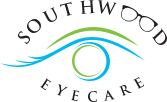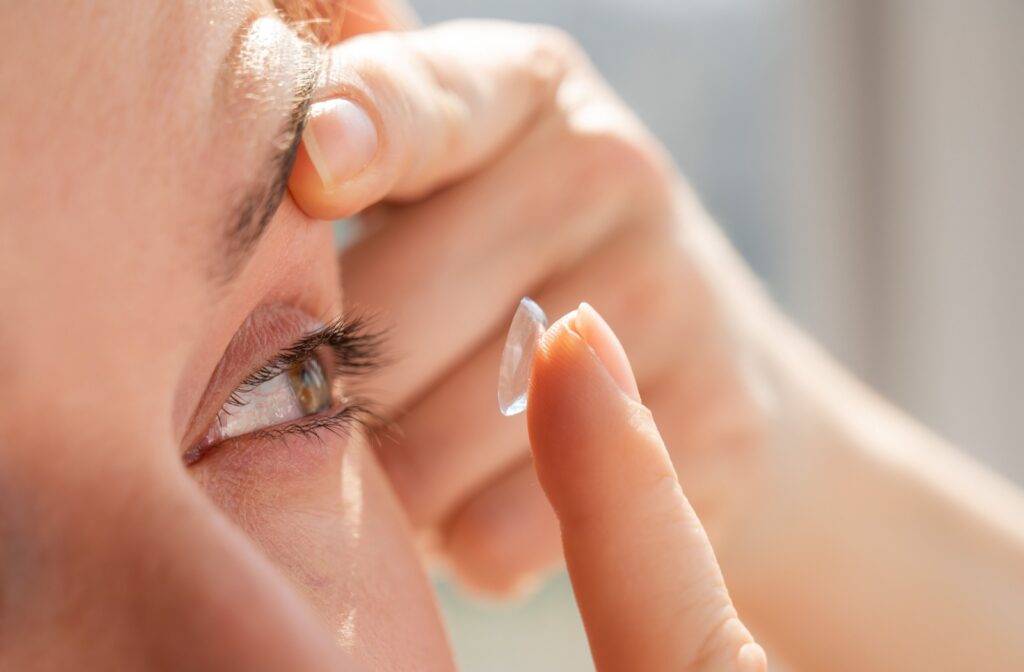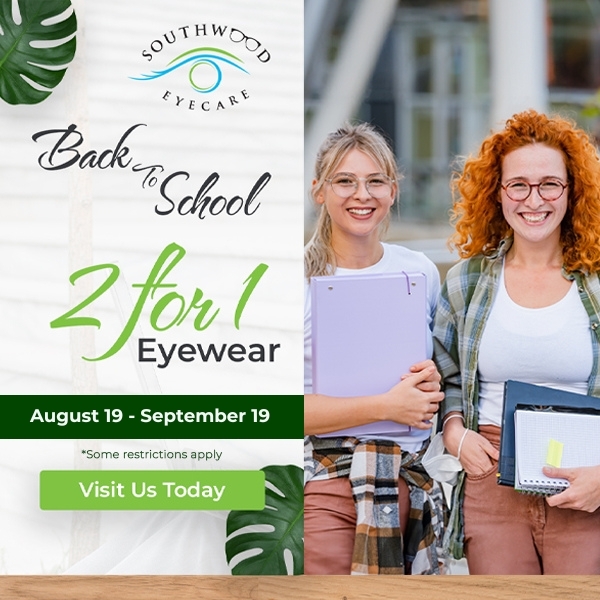Contact lenses are a game changer for vision correction, offering the freedom of not having to rely on glasses, an unobstructed field of view, and even enhancing your appearance. However, for contact lenses to work their magic, they need to fit your unique eyes perfectly—because an ill-fitting lens can lead to discomfort or, worse, damage to your cornea.
Every eye is unique, and that includes your two eyes! A comprehensive eye exam and a professional contact lens fitting with an optometrist are the best ways to find the lenses that fit you just right.
What is the Ideal Contact Lens Fit?
Getting the right fit for your contact lenses is essential for both comfort and eye health. Poorly fitting lenses can cause discomfort, eye strain, or even lead to more serious conditions like dry eye or corneal damage.
An ideal contact lens fit means the lens moves slightly with each blink (but not too much). This allows for proper tear exchange and oxygen flow to your cornea, keeping your eyes healthy and comfortable.
Here’s what you want from a perfect fit:
- Comfort: The lens should sit snugly on your cornea, allowing a small amount of movement.
- Coverage: It should cover the entire cornea and align with the curvature of your eye.
- Clear vision: You should have sharp, stable vision without any discomfort or irritation.
When your contact lenses fit properly, you’ll experience better vision and be able to wear them for long periods—whether you’re working, exercising, or relaxing.
How Do I Know What Size Contact Lenses to Get?
Your optometrist uses specialized equipment to measure your eye and determine the best contact lenses for you. These measurements include the base curve and diameter of your eye.
- Base curve: This refers to the curvature of your cornea. If your eye is less curved, you’ll need a flatter base curve; if it’s more curved, a steeper base curve is needed.
- Diameter: The diameter ensures the lens covers your cornea without interfering with your eyelids.
Finding the perfect fit can sometimes require trying on a few different lenses. That’s why a professional fitting is so important. Your optometrist will provide trial lenses and assess how they fit and feel on your eyes.
How Do I Know If My Contact Lenses Fit Correctly?
If you’re new to contacts or getting an upgrade, it can be tricky to know if your lenses are fitting properly. Here are some things to watch for:
- Comfort: Your lenses should feel comfortable all day long. If they cause discomfort, irritation, or feel like something is stuck in your eye, they might not fit correctly.
- Clear vision: You should have clear, stable vision. Blurry or fluctuating vision could indicate the fit isn’t right.
- Redness or irritation: Healthy eyes should be free from redness or irritation. If your eyes become red, itchy, or watery, it could be a sign that your lenses aren’t fitting properly.
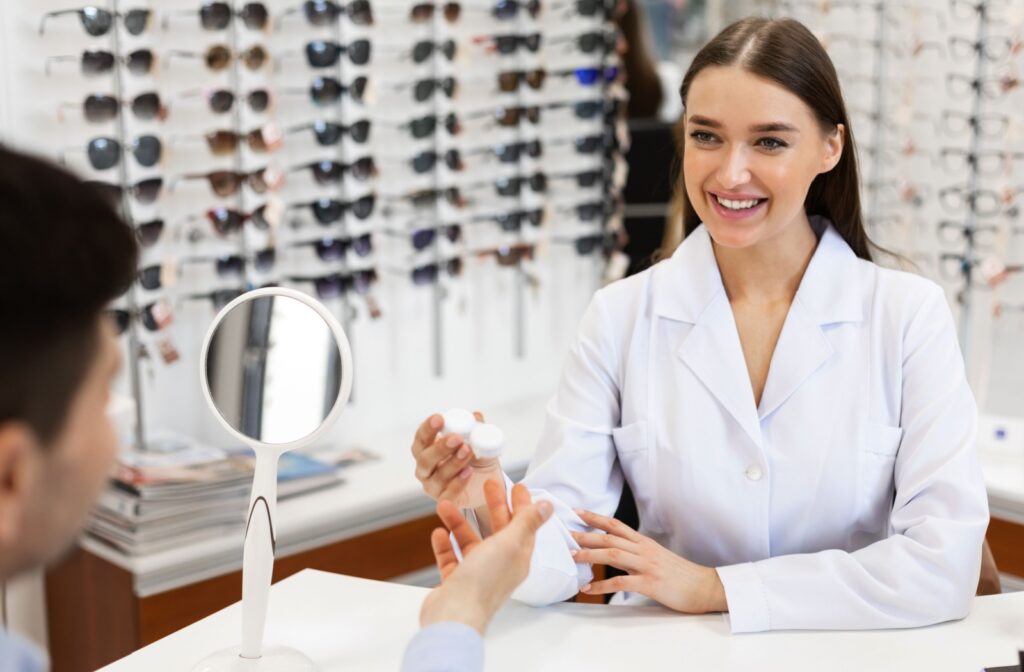
What Happens During a Professional Contact Lens Fitting?
A professional contact lens fitting is a thorough process to ensure your lenses fit properly and meet your vision needs. Here’s what you can expect during your visit to Southwood Eyecare:
- Initial consultation: Your optometrist will talk to you about your lifestyle, vision needs, and any past experiences with contact lenses. This helps guide the fitting process.
- Eye examination: The optometrist will measure your cornea’s curvature, assess your tear film, and check for any underlying eye conditions.
- Trying different lenses: Once the measurements are complete, you’ll try on trial lenses. Your optometrist will assess the lens’ movement, fit, and comfort. Adjustments can be made until the perfect fit is achieved.
Choosing the Right Contact Lens Material
Your optometrist may also discuss the different types of materials used for contact lenses, as this plays a big role in comfort and eye health.
- Soft lenses: Made from hydrogel or silicone hydrogel, soft lenses are comfortable and flexible. Silicone hydrogel lenses also allow more oxygen to reach your cornea, making them great for long-term wear.
- Rigid gas permeable (GP) lenses: These lenses are durable and provide sharp vision but may take longer to get used to compared to soft lenses.
- Hybrid lenses: These combine the benefits of soft and GP lenses. The rigid center provides clear vision, while the soft outer layer ensures comfort.
Daily vs. Extended Wear Contact Lenses
Another consideration is how often you’ll wear your contacts. Your optometrist will help you choose between daily wear and extended wear lenses based on your routine and preferences.
Daily Wear Lenses
These are worn during the day and removed at night. They’re available in daily, bi-weekly, or monthly disposable options. Daily wear lenses are easy to care for and can reduce the risk of eye infections.
Extended Wear Lenses
Made from breathable materials, these lenses can be worn continuously for up to 30 days, even overnight. However, they require proper cleaning and adherence to replacement schedules to avoid complications.
Adjusting to Your New Contacts
When you first start wearing your new contact lenses, give your eyes a break every 4 hours by taking a one-hour break. This gives your eyes time to breathe and helps prevent dryness and irritation.At Southwood Eyecare, we’re passionate about providing personalized care. Our team uses the latest technology to offer you the most precise, individualized contact lens fitting possible. Ready to ditch the glasses and enjoy the freedom of contact lenses? Contact us today to get started with the perfect fit for your eyes!
